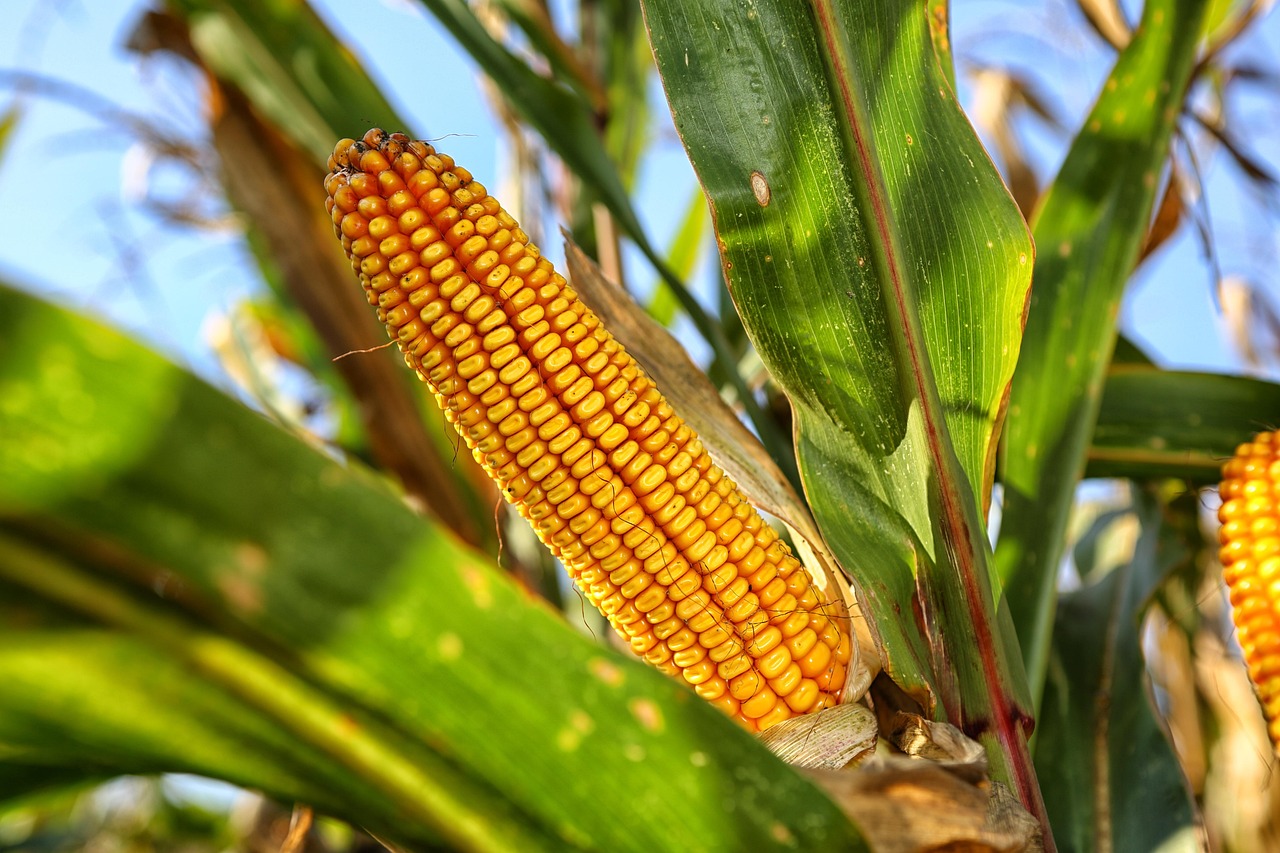
Growing America
Students determine corn anatomy and function of plant parts, identify stages of plant development in corn, and research how temperature plays a role in corn growth as they calculate growing degree units (GDUs) for a region.

Students determine corn anatomy and function of plant parts, identify stages of plant development in corn, and research how temperature plays a role in corn growth as they calculate growing degree units (GDUs) for a region.
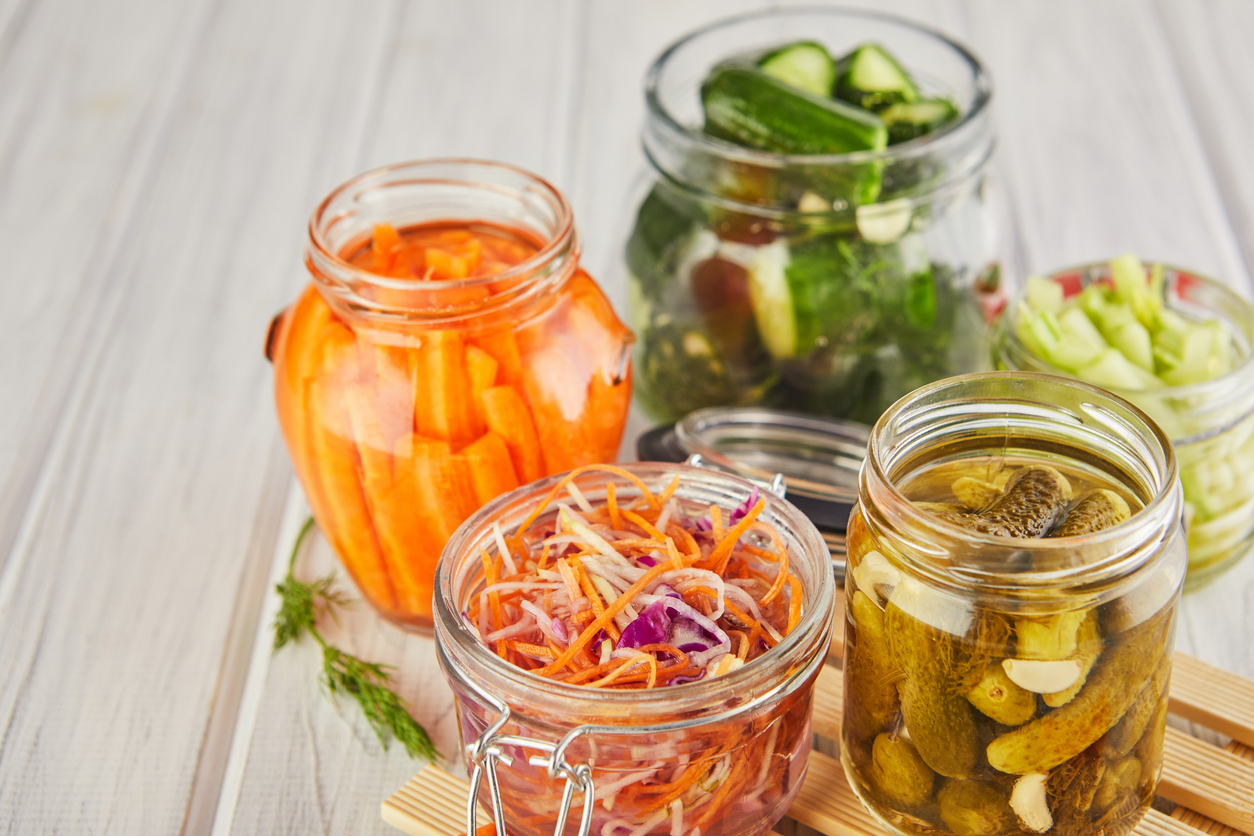
Students will explore and observe microorganisms at work in decomposition as well as in the production and preservation of food. Activities include creating a "decay buffet" and identifying grocery store foods that contain or are made with the help of microorganisms.
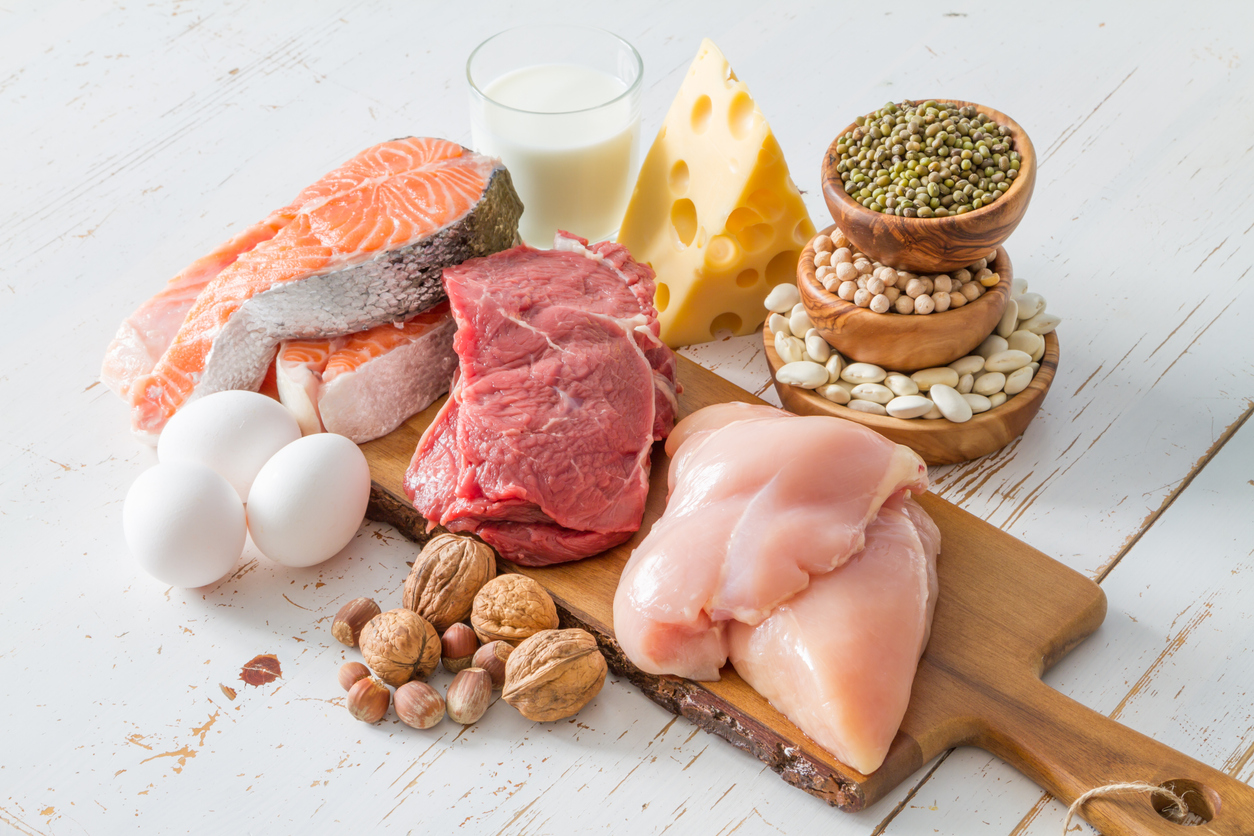
Students will examine dietary sources of protein and generally understand the relationship between protein synthesis and amino acids while completing an activity to use beads as a representation of amino acids to construct proteins (polypeptide chains). Students will identify complete and/or incomplete proteins found in both animal and plant food sources.
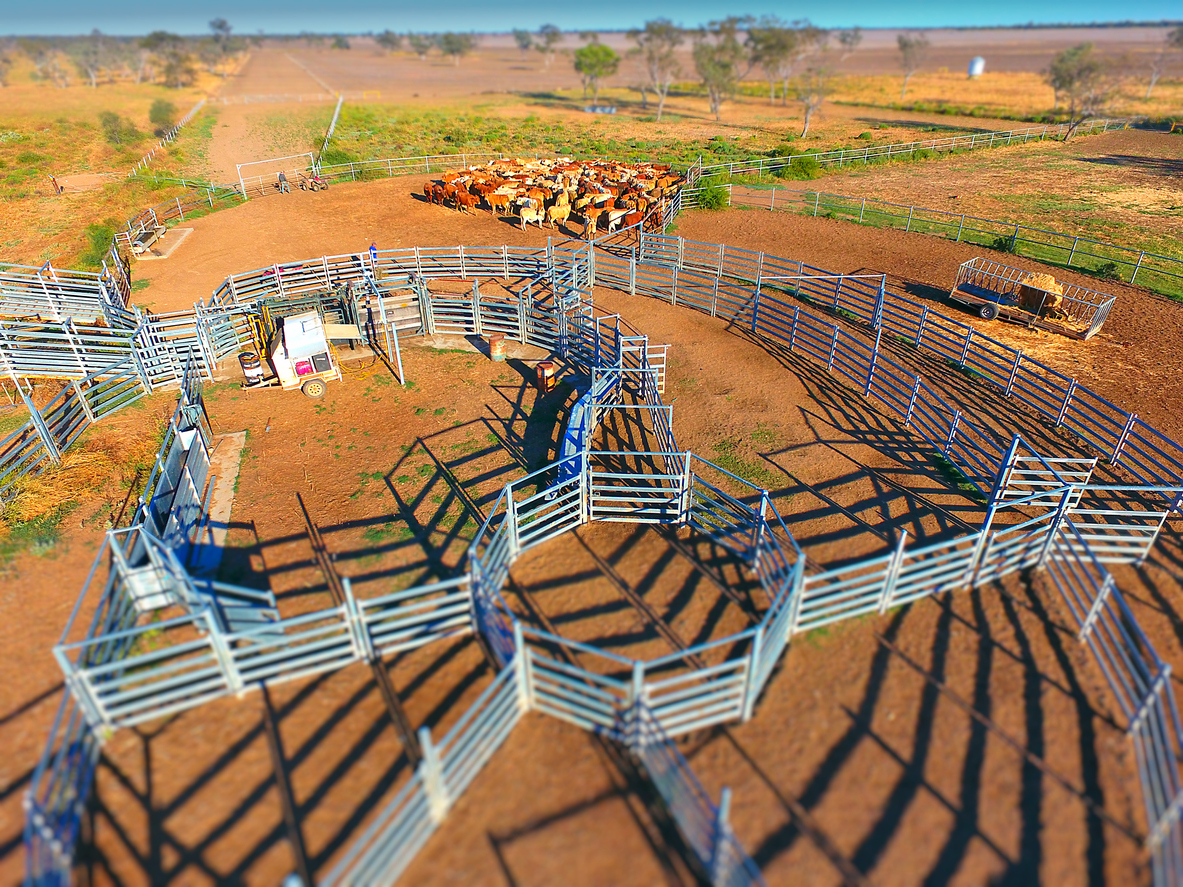
Students will explore cattle flight zones and work as agricultural engineers to design a corral system that uses the research of Dr. Temple Grandin.
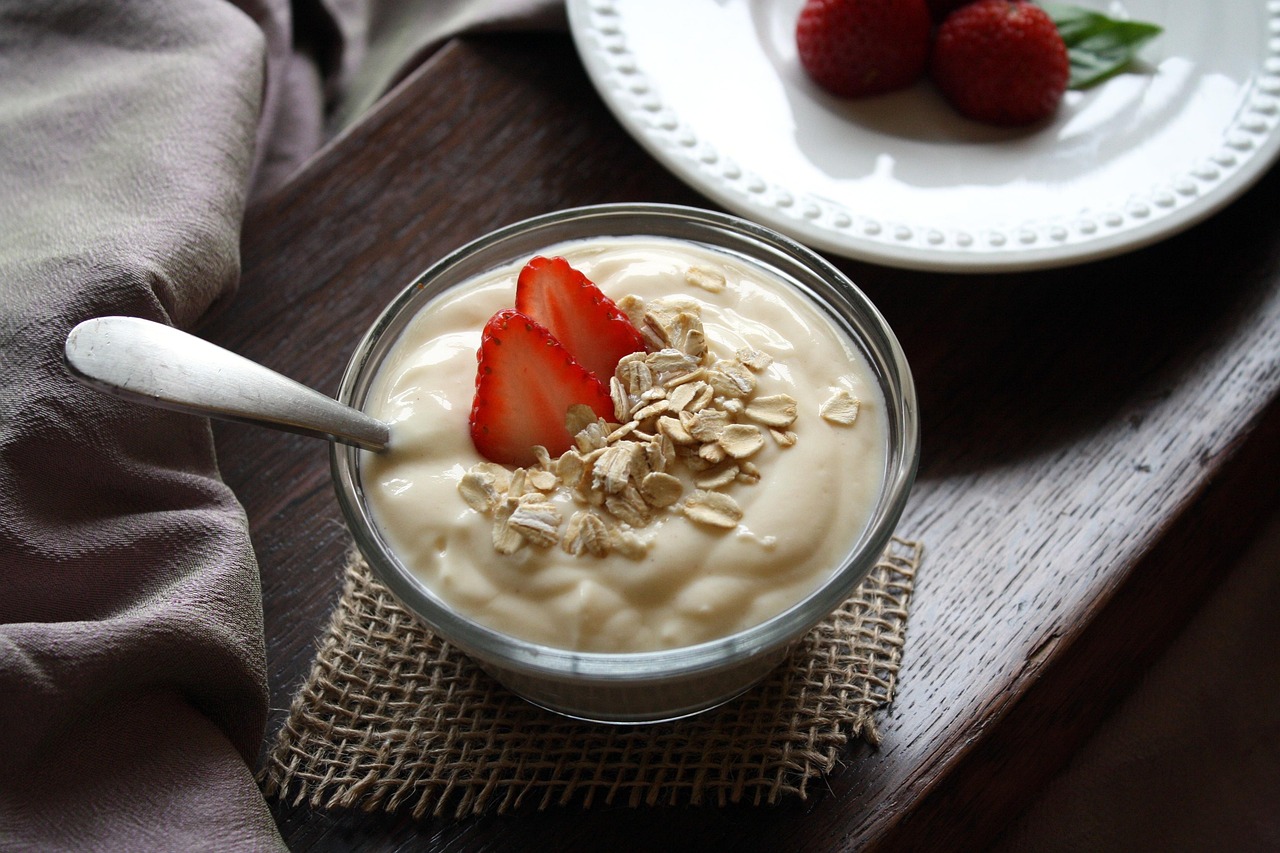
Students will learn the role of bacterial fermentation and evaluate the effect of fat content, sugar content (lactose), and temperature in bacterial fermentation as they make yogurt.
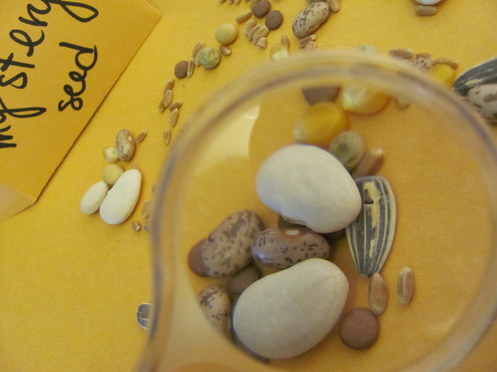
Students will explore the connection between weeds and ecosystem stability, practice observing characteristics by using and creating a dichotomous key, and research and present information on noxious weeds.